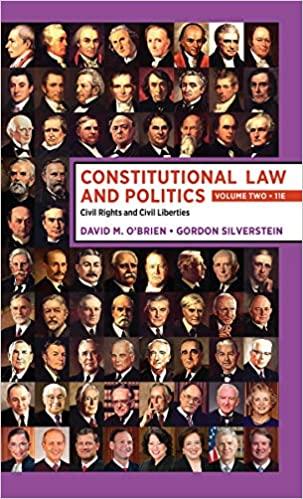Question
Please help;; Its urgent Question one When it comes to New and Young Worker Training, employers are required to orientate and train all workers before
Please help;; Its urgent
Question one
When it comes to New and Young Worker Training, employers are required to orientate and train all workers
"before" work begins, on safe work procedures, and hazards related to the job. But the term "new worker" isn't
as obvious as it seems. In this case study, we will define what it is to be a new or young worker and the
training required.
As a group, discuss the following:
1. Until what age are you considered a young worker, under WSBC Regulation?
2. If an employee - who has worked for a company for many years - is relocated to a different department,
are they, by WSBC definition, considered a new worker, and should they have to undergo safety
orientation and safe work procedure training again, and why?
3. If you leave a company, and a few months later get re-hired for the exact same job position, are you
considered a new worker, and what type of training should follow?
5. When putting together a training plan for new or young workers, what topics should be included in the training?
6. What is the KEY takeaway your group has learned from this case study?
Question two (I need more than just YES OR NO answers)
1.Is the net income of year money the company made that particular year or is it a number whose significance is quite doubtful?
2.Is depreciation the value of fixed assets?
3.The so called "cash flow"(net income plus depreciation) is a flow of cash, but it a flow to the shareholders or accompany?
4.The dividend is the part of income that that the company distributes to shareholders. ) As dividends represents real, the net income is also real money. Is that true?
5.The part of income that is not distributed to shareholders goes to reserves (shareholders equity) as dividends represents real money, reserves are also real money. Is that true?
6.Does the shareholders equity represents the savings accompany as accumulated through the years
Step by Step Solution
There are 3 Steps involved in it
Step: 1

Get Instant Access to Expert-Tailored Solutions
See step-by-step solutions with expert insights and AI powered tools for academic success
Step: 2

Step: 3

Ace Your Homework with AI
Get the answers you need in no time with our AI-driven, step-by-step assistance
Get Started


